The X-ray tubehead is then aimed at right angles vertically and horizontally to both the tooth and the image. Bisecting angle and paralleling.
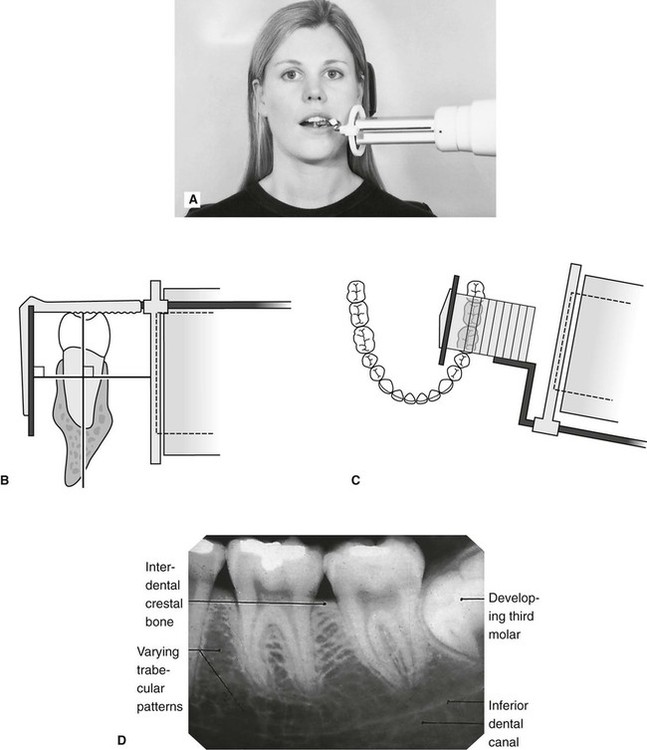
Periapical Radiography Pocket Dentistry
Pericoronal refers to the crown area of the tooth.
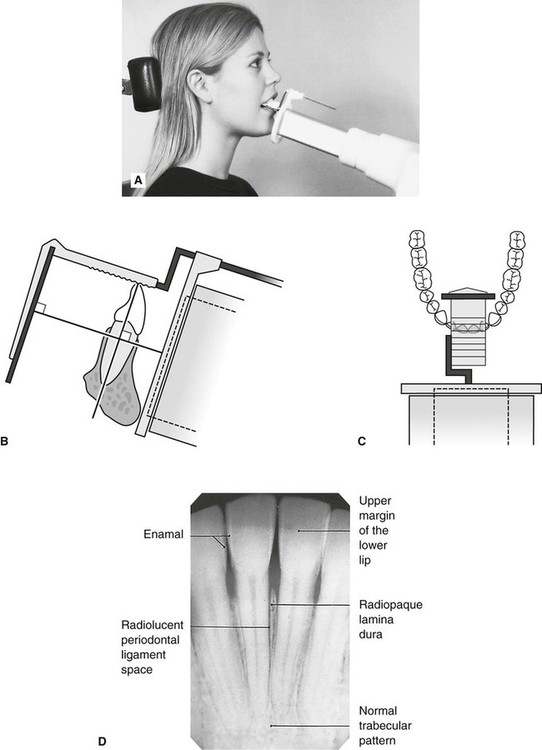
. The sensor was placed on the. The resulting image x-ray is somewhat larger using the short cone rather than using a long cone see figure 4-1. Ensure they are seated high enough so it is easy to see the occlusal.
Periapical radiography is a commonly used intraoral imaging technique in radiology and may be a component of your radiologic examination. Periapical X-rays are used to detect any abnormalities of the root structure and surrounding bone structure. Disadvantages to the bisecting technique.
Free shipping on qualified orders. Read customer reviews find best sellers. Occlusal X-rays show full tooth development and placement 9.
Periapical X-rays are used to detect any abnormalities of the root structure and surrounding bone structure. The X-ray is taken and the exposed plate is then loaded into a scanner or processor which reads the image. The patient was positioned upright with hisher mouth was opened as wide as possible to allow the X-ray beam to pass to the sensor unobstructed from the opposite side of the mouth.
These patients may include adults with low palatal vaults and children. The Long Cone Paralleling Technique. The dental assistant works with the dentist in providing patient treatment including restorations x-rays and preventive services.
Periapical X-rays. Periapical radiographs provide important information about the teeth and surrounding bone. Intraoral periapical radiographs can be produced using two different techniques.
The image receptor is placed in a holder and positioned in the mouth parallel to the long axis of the tooth under. Inclusion criteria included periapical X-ray images of permanents teeth and patients aged 14 years old with good sharpness. Demonstration on how to take periapical x-ray using bisecting angle technique.
BISECTING SHORT-CONE PERIAPICAL EXPOSURE TECHNIQUES. The bisecting plane is halfway between the plane of the dental film. To take a periapical exposure the hygienist or x-ray technician places a small photosensitive imaging plate coated with phosphorus into a sterile wrapper and inserts it into the patients mouth just like a conventional X-ray film card.
The bisecting technique may have to be used for patients unable to accommodate the film positioningdevice used in the paralleling technique. With this technique the film is placed parallel to the long axis of a tooth allowing the X-ray to be focused perpendicular to the long axis of the tooth. Extraoral radiograph Panoramic X-ray Tomograms Cephalometric projections Sialography Computed tomography 10.
Single periapical radiographs are often made of individual teeth or groups of teeth to obtain information for treatment or diagnosis of localized diseases or abnormalities. The patient is seated upright in the dental chair and should remove any removable dental appliances glasses or jewelry that could interfere with the X-ray beam. Paralleling Technique for Periapical X-rays The paralleling technique results in good quality x-rays with a minimum of distortion and is the most reliable technique for taking periapical x-rays.
By using a film sensor holder with still. There are two types of techniques used for periapical radiographs. A short cone is used to take x-rays with bisecting angle exposure techniques.
Periapical x ray techniques Written By weisinger Saturday March 12 2022 Add Comment Edit. The target-film distance is 8 inches. Most frequently used radiography is for the periapical which is performed by the bisecting Thus when considering the execution of the radiographic technique and the possibility of errors that occur during the exposure of X-ray image XR receptors it is important to identify those that occur more frequently.
By using a filmsensor holder with fixed image receptor and. Occlusal X-rays are larger and show full tooth development and placement. Exclusion criteria were periapical X-ray images of tooth germs or images which have distortion effects.
Both techniques have advantages and disadvantages. Parallel technique The image receptor is placed in a holder and placed in the mouth parallel to the longitudinal axis of the tooth under. Each X-ray reveals the entire arch of teeth in either the upper or lower jaw.
What are periapical radiographs used for. Periapical images have been collected using the FONA X70 Intraoral X-rays machine and PSPIX Imaging Plates. Ad Browse discover thousands of brands.
Free easy returns on millions of items. The bisecting-the-angle technique and the more commonly used long cone paralleling technique. The bisecting short-cone and paralleling long-cone techniques are two of the most commonly used techniques.
The extraoral periapical radiographic technique was performed for both maxillary and mandibular teeth using Newman and Friedman technique2. The X-ray head is directed at right angles vertically and horizontally of both the tooth and the image receptor.
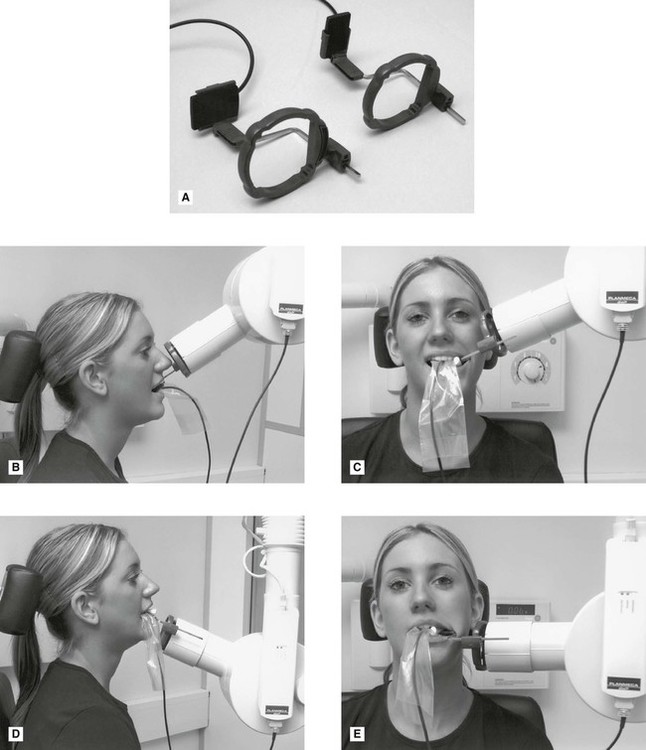
Periapical Radiography Pocket Dentistry
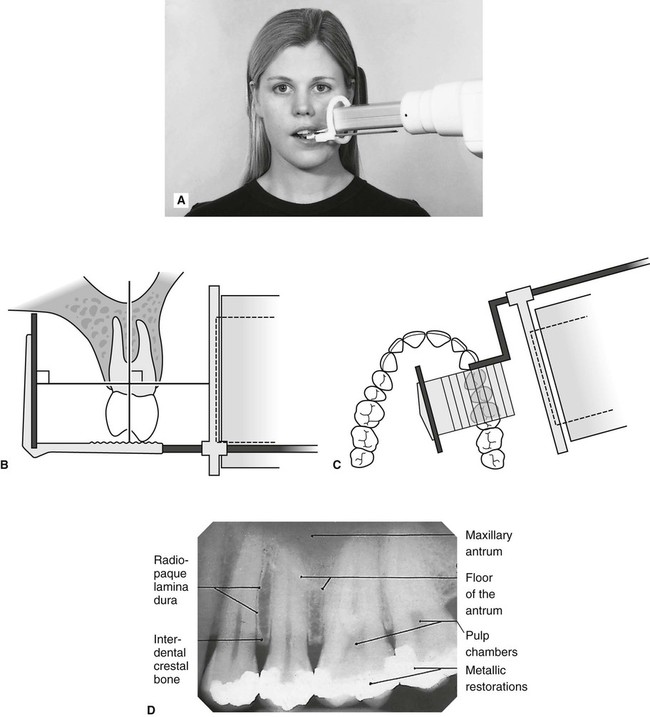
Periapical Radiography Pocket Dentistry
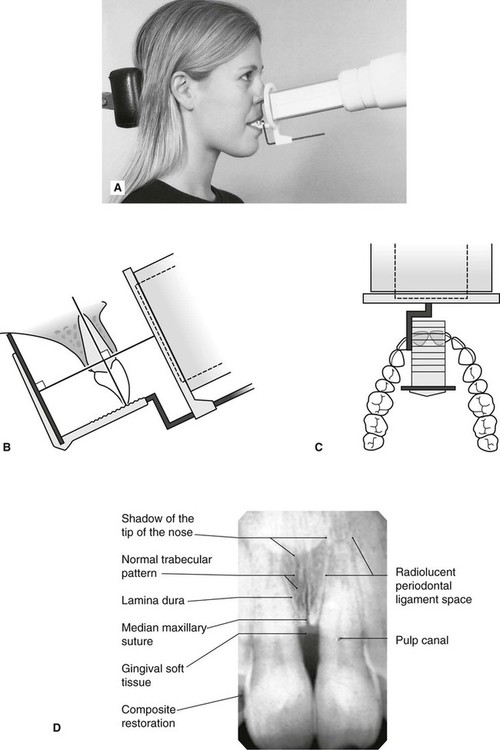
Periapical Radiography Pocket Dentistry

Periapical Radiography Pocket Dentistry

How To Take Periapical Radiographs Youtube

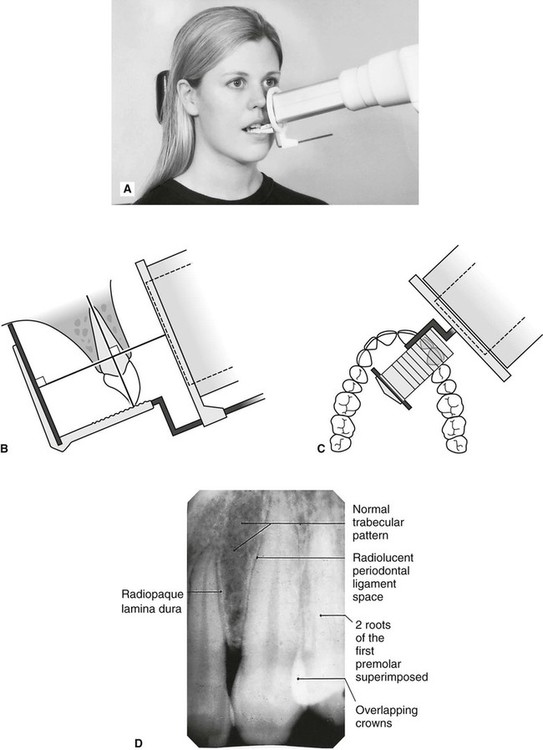
0 comments
Post a Comment